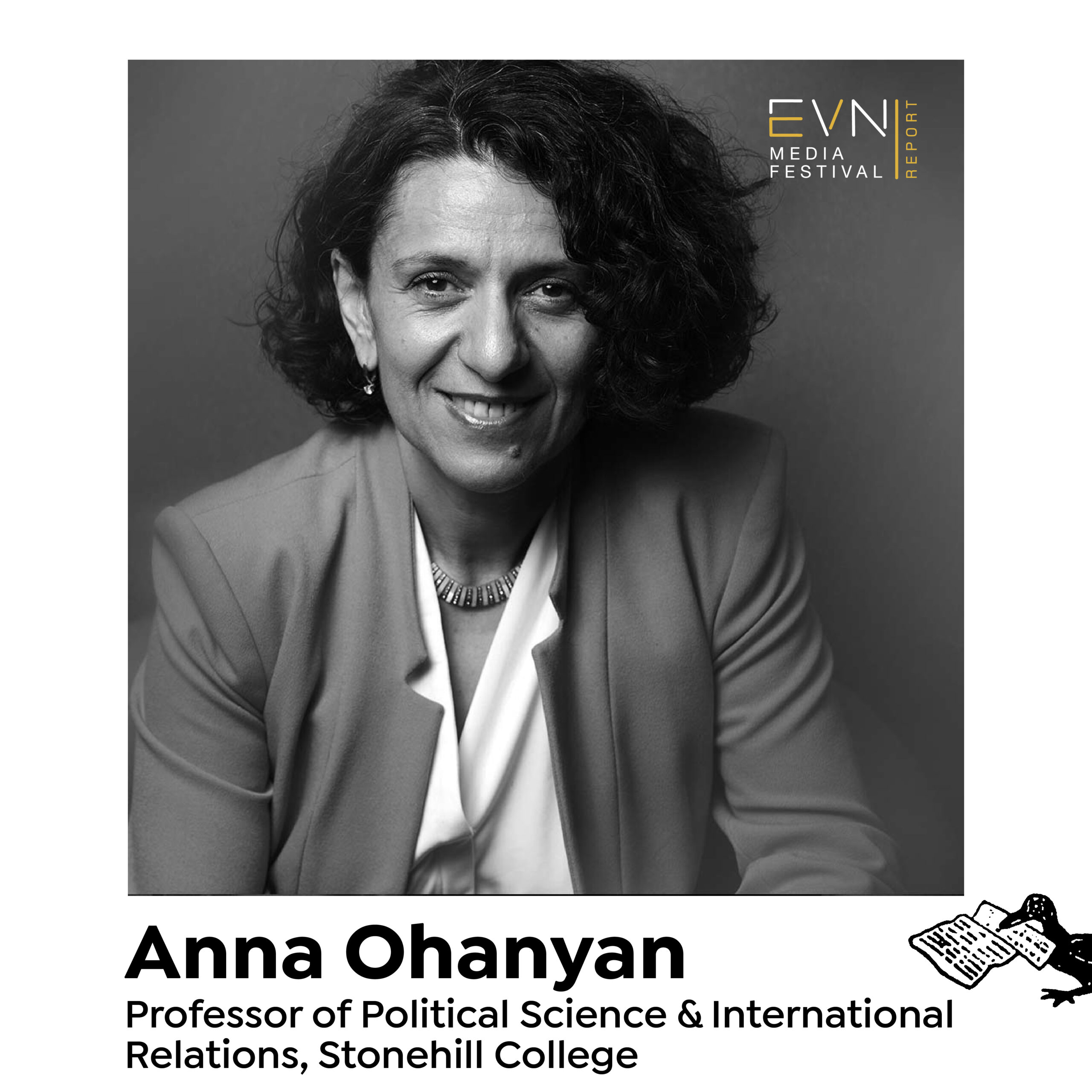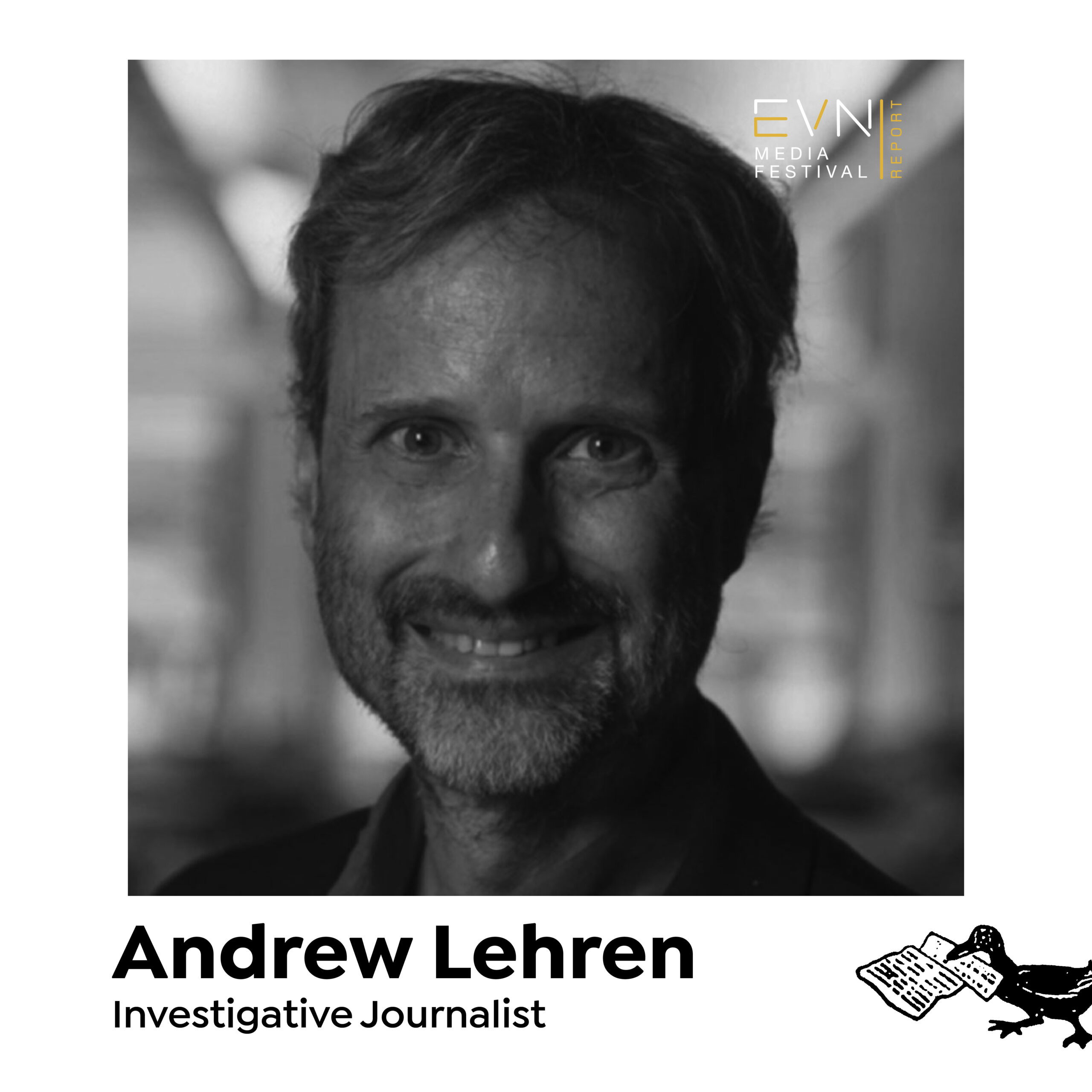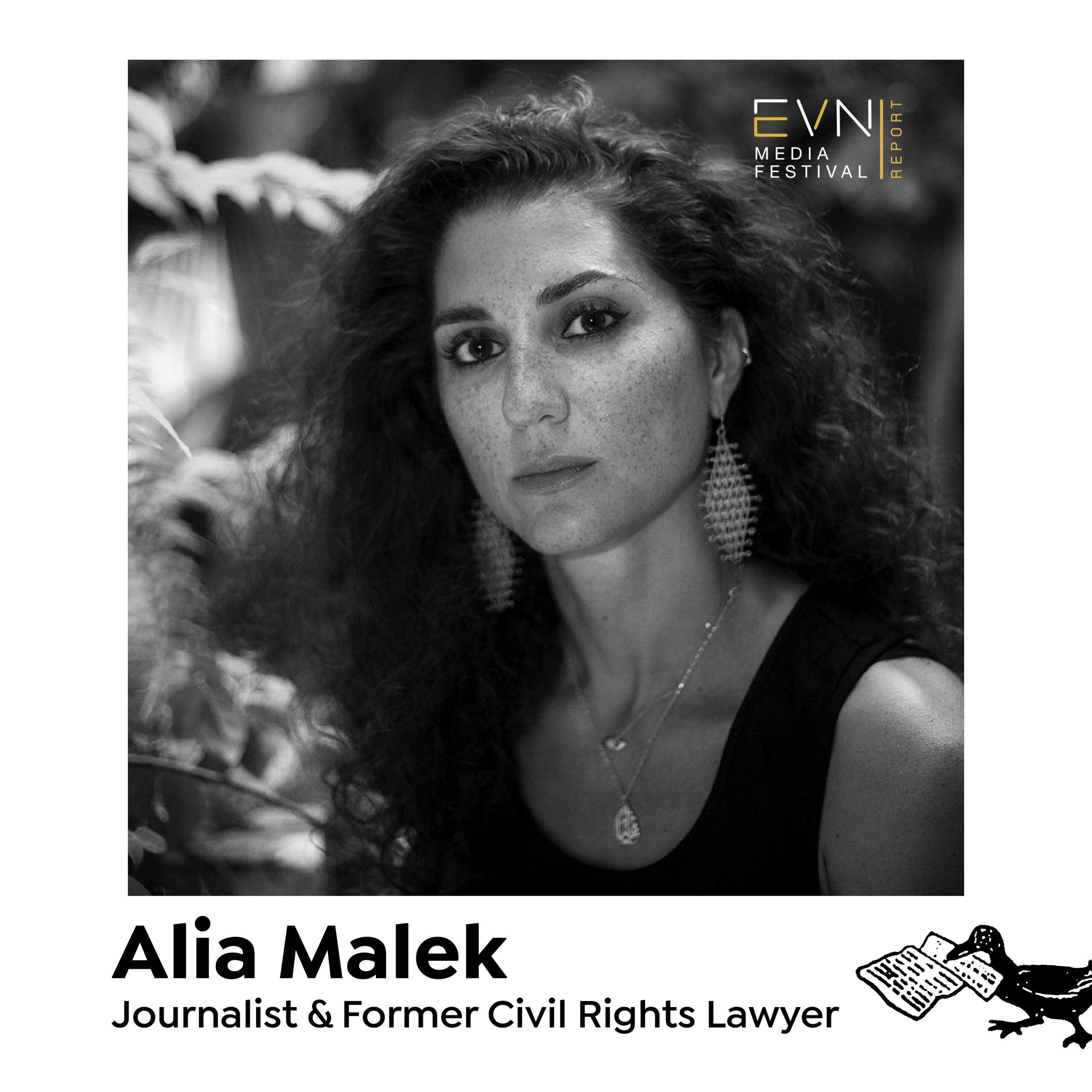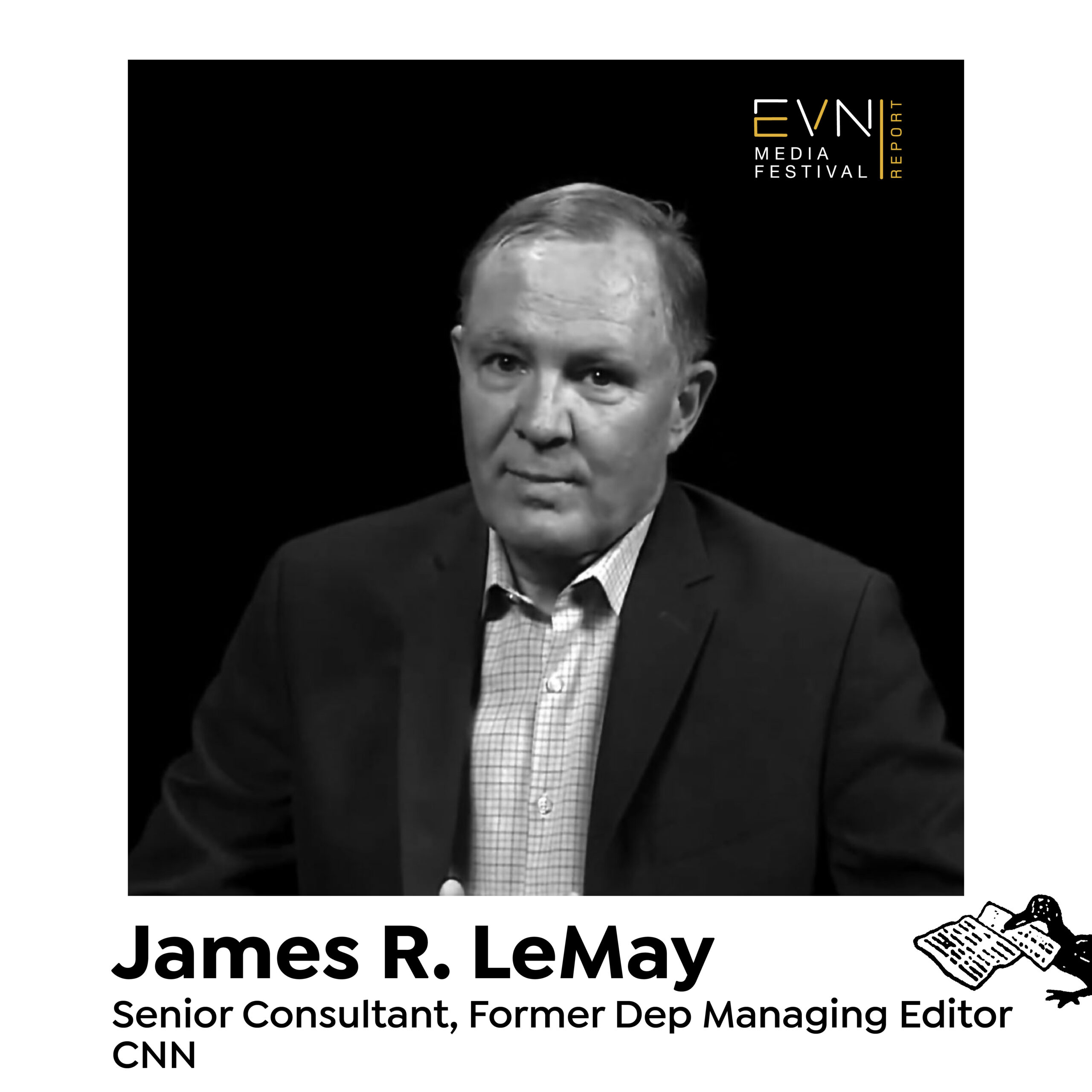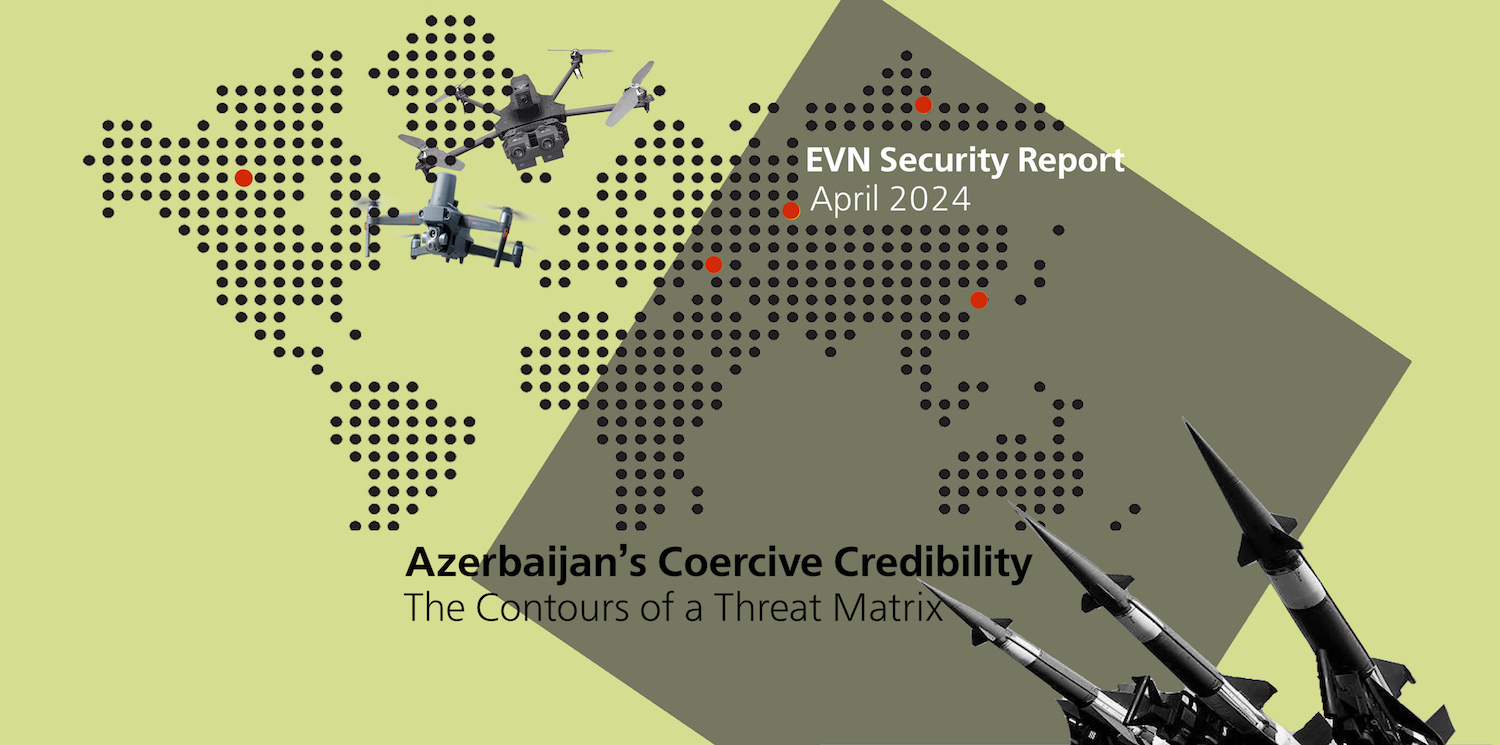
While there’s a general consensus in the broader discourse within Armenia on the intents and objectives of the Aliyev regime, these generic and on-the-surface conceptualizations of developments revolve around a singular postulate: Azerbaijan does not want peace, and as such, it will continue threatening and attacking Armenia. While stating the obvious, in and of itself, does not constitute analysis or scholarly depth, unfortunately, this remains the state of punditry and discourse within the Armenian nation on the subject matter. But this, in turn, begs a more important question: How can Armenia mitigate, anticipate, and deter these threats and potential attacks that most speak of? In essence, diagnosing the obvious, or emotionally clinging to finger-pointing and extolling the blame game, is not an exercise in analysis, but rather, an exercise in tautological senselessness. The poverty in scholarship, in-depth empirical research, and by extension, an insufficient understanding of the structural factors reinforcing Armenia’s security complexities, remain the underlying problem facing the Armenian nation’s inability to understand its security conundrum. In more simple terms, do we really understand the Aliyev regime’s methods of developing tactics and strategy, its nuanced and multi-tiered coercive methods, its utilization of context-specific kinetic diplomacy, and do we have quantifiable grasp of this regime’s propensity to use force and initiate interstate militarized operations? Why is it that everybody speaks of the problem, yet none have a tenable or operationalizable solution to the problem? The task at hand, in this context, is to understand and qualify the mechanisms that define the Aliyev regime’s propensity for bellicosity, and to that end, gauge its “coercive credibility” in order to mitigate or attempt to deter pending risks.[1]
The first conceptual framework to consider within the domain of coercion and risk-propensity is the modality of behavior of each side. Armenia’s demeanor, for example, is defined by deterrence, while Azerbaijan’s demeanor is defined by “compellence.”[2] As such, Armenia endeavors to deter Baku from engaging in coercive behavior, while Baku, through its coercive behavior, endeavors to compel Armenia to acquiesce to its demands. The coercive mechanisms of a compellent threat, for this reason, are different than the coercive mechanisms of a deterring threat: the latter claims, “if you don’t touch me, I won’t harm you,” while the former claims, “if you don’t do what I want you to do, I will harm you.” The secret here is quite unique: Baku frames its compellent threats as deterrence threats. Aliyev’s justification for his bellicose demeanor is that Armenian revanchism must be deterred, and as such, he reserves the right for preventive use of force. But as is evident, Aliyev’s coerciveness is defined by the logic of compellence, with zero credibility to claims of deterrence. To this end, to qualify the strategic acumen of the Aliyev regime, it is essential to qualify its coercive credibility.
Recent research on “coercive credibility” concentrates on the importance of how the content of threats are constructed, and the extent to which this shapes the degree and magnitude of threat credibility. The question at heart is as follows: Which types of threats and rhetoric influence the conduct of foreign policy and international conflict,[3] and which types of coercive statements are most credible during crisis bargaining? Within this context, the method in which an actor justifies its threats also remains crucial to qualifying threat credibility. Four factors are produced in the scholarly literature as central to gauging coercive credibility: specificity of a threat,[4] the severity of a threat, whether the threat is made privately or publicly, and threat justification. Findings demonstrate that the specificity of a threat induces credibility, which reinforces the severity of a threat, while the delivery of a threat, private or public, is context-specific (contingent on the sensitivity of the subject being discussed between the two sides). Within the confluence of these explanatory variables, the intervening variable that strengthens our ability to understand coercive credibility is threat justification.
Threat specificity refers to the delineation of consequences that will occur if the target does not acquiesce to the coercer’s demands. The focus, in this context, is on whether a threat is vague or specific, with research finding that degree of specificity is conducive to credibility, while degree of vagueness diminishes credibility. In the case of the Aliyev regime’s threat matrix, a specific threat, such as the demand that if Nagorno-Karabakh held Presidential elections Azerbaijan will attack, qualifies as credible due to its specificity. A general threat, such as demanding Zangezur and much of Armenia as Western Azerbaijan, falls within the category of vague threats, and as such, has considerably less credibility with respect to compellence. Threat precision produces credibility for three important reasons. First, it invokes domestic audience costs, for Aliyev lays down specifically his demands and the consequences, and as such, must act on these specific threats lest he lose domestic credibility. Second, specific threats reduce confusion, while clarifying the expectations of the coercive actor, and in the case of Aliyev, raising the stakes for action: either Armenia acquiesces, or he has no other option but to act on his threat. And third, vague threats signal that the coercer is not entirely resolute and may have commitment problems to fulfilling the threat.[5] Observed through a continuum of risk-propensity, the degree of threat specificity by Aliyev induces higher credibility, and by definition, higher propensity for violence, while the degree of threat vagueness is qualified as qualitatively less credible in the dominant of action.
Threat severity pertains to the type or magnitude of actions that a coercer threatens, and the extent to which the following question is answered: Are more severe threats viewed as more resolute and as such, more credible,[6] or does the exaggeration of severity diminish credibility?[7] The findings suggest that the type or modality of threatened action produces credibility, while claims of disproportionate action induce a decline in credibility. In the case of Azerbaijan, military build-up, brinkmanship, threat-mirroring, and localized maneuvers are types or modes of actions that, if implemented, demonstrate the high credibility of a threat and pending military action. But disproportionate severity of threat, such as if Armenia continues to procure arms or reforms its military, Azerbaijan will attack, lack qualitative credibility within the risk-propensity continuum. Thus, when Baku utilizes disproportionately large threats relative to the issue at stake, the credibility of such threats remain comparatively minimal. In more simple terms, the probability of Azerbaijan undertaking a full-blown invasion of Armenia due to the fact that Armenia is exercising its sovereign right to have defense capabilities remains exceedingly low, while the probability of Azerbaijan utilizing localized incursions as a mechanism of kinetic diplomacy remains credible and high.
The venue in which a coercive actor issues a threat is important in qualifying audience costs, both domestically and internationally. Private threats, for example, such as through back channels, or between heads of states, or through ministers, are deemed more credible than threats made in public. This is generally due to the fact that a coercive actor may be unsure how its threat may play out in public, and as such, in given instances, will revert to private threats.[8] As recent findings demonstrate, private statements are more effective in signaling the coercive actors intent and seriousness to the targeted adversary.[9] In the case of the Aliyev regime, public threats are a consistent part of state policy, where almost every statement by its Ministry of Foreign Affairs, or its Ministry of Defense, entails some modality of threat against Armenia. Noting the vagueness of these threats, generally speaking, and lack of specification on severity, as explained above, these forms of public threats carry less credibility in relation to the private threats delivered by Baku. While public discourse is not privy to the scope and extent of private threats delivered by Baku, thus limiting our access to empirical case studies, the scholarly literature nonetheless demonstrates the efficacy and higher credibility of private threats based on diverse results and modeling. Thus, while Aliyev has not publicly threatened to invade Tavush over the four villages that are now the source of intense discourse and controversy in Armenia, the extent to which such a threat was delivered privately, if it was, would exponentially increase its credibility. At the same time, while Aliyev has publicly threatened to utilize some severity of force to establish a so-called “Zangezur Corridor,” it is highly unlikely that he has privately threatened an invasion, and as such, offering a window into understanding threat credibility within this nexus.
Finally, one of the most important variables that affect threat credibility is threat justification: how do coercive actors frame their threats and the persuasive arguments they utilize to legitimize[10] the basis upon which their threats are justified?[11] Research demonstrates that how an actor justifies its threats enhances the coercive capacities of the actor when used strategically to diminish the opponent’s ability to respond. In more simple terms, the more believable (perceptively legitimate) the basis upon which the justification of the threat is constructed, the higher degree of credibility the threat entails. Five general types of justifications are utilized by coercive actors to qualify the legitimacy of their threats:
- National Security: either there is an imminent threat to the collective security of the country, or a pending threat that requires action.
- Regime Survival: when the regime anticipates or faces domestic political turmoil or instability, thus utilizing external conflict to divert attention.
- Preemptive Measures: coercive efforts designed as preventive actions.
- Reputational Justification: invoking national prestige, dignity, or honor as basis for coercive behavior.
- Domestic Audience: expectations in domestic politics that coercive measures will be utilized to address interstate problems.
Of the five justifications, national security and regime survival are the most robust, while reputational justification remains the least credible. In the case of Azerbaijan, Aliyev utilized the Nagorno-Karabakh conflict, and the threat of hostilities, as the underlying justification for coercive threats leading up to the 2020 Artsakh War. Since these threats were public and private, he evoked the national security justification, which fused claims of historical injustice, postulates of international law, and claims of territorial integrity. Considering the fact that Baku considered the presence of Armenians in Nagorno-Karabakh as a national security problem, the credibility of the threats produced from this justification proved to be quite high. In this context, when the Aliyev regime utilizes the national security justification to engage in coercive posturing, the credibility of these threats giving way to militarized action remain quite robust. Similarly, the regime survival justification, while never framed within that context, also remains quite robust as a form of credible threat. Domestic problems, ranging from economic downturns to socio-political protests, offer coercive actors, such as the Aliyev regime, the structural basis to undertake or initiate hostilities against Armenia.
Preemptive measures are threat justifications utilized to offer coercive actors the bandwidth to reserve the right to the use of force when they deem it appropriate. For example, claims by Aliyev that Armenians are inevitably revanchist and should they alleviate the power disparity with Azerbaijan they will resort to irredentism, and for these reasons, Baku reserves the right to preemptively use force, is a clear example of preemptive threat justification. This modality of threat justification has minimal credibility, since it remains relatively vague, lacks specificity, as well as threat severity. At the same time, its credibility increases when threat specificity and levels of severity are qualified. Within the range of minimal credibility, domestic audience costs are also context specific, where public support for conflict or coercive measures induces coercive threats by the political leader. However, in the case of authoritarian regimes like Azerbaijan, the audience cost remains inconsistent, and in this context, threat justification based on it remains minimally credible.
Reputational justification remains the least credible threat justification, since its contours remain exceedingly vague, generally abstract, and operationally rhetorical. Thus, invoking the honor or the prestige of the Azerbaijani people as a justification for threatening coercive action against Armenia remains a modality of threat justification that struggles with threat credibility. In the domain of risk-propensity, national shame or national honor, as a form of threat justification, is not conducive to militarized action, in and of itself. That being said, an amalgamation of various threat justifications, such as national security, reputational justification, and preemptive measures, can clearly produce a different outcome with respect to levels of credibility and threat propensity. In this context, the Aliyev regime’s justification for continuing to occupy Armenia’s sovereign territories, for example, or his threats of using force from those occupied positions, are hinged on a collection of threat justifications: a) Azerbaijan must be vigilant because Armenians are a national security threat; b) Armenians are vindictive and seek to humiliate the Azerbaijani people, and for this reason, they must be contained, and c) Armenians are intrinsically revanchist, and as such, preemptive measure are a necessity when dealing with them.
Conclusion
Collectively, the broader research on coercive credibility, risk-propensity, and threat construction offer important variables in developing a quantifiable and discernable understanding of Azerbaijan’s coercive credibility and the Aliyev regime’s propensity to act on its threats. The matrix of threat specificity, threat severity, and threat venue provide operationalizable variables in delineating and projecting credibility threats and the risk-propensity of such threats. Further, the framework of threat justification allows for a segmentization and a deeper understanding of the nature and scope of Baku’s coercive capabilities, and the extent to which Armenia may anticipate and mitigate such coercive threats. While the structuration of Azerbaijan’s coercive capacity will shift as Armenia proceeds to close the power disparity, the credibility matrix will remain crucial in anticipating and projecting the Aliyev regime’s proneness to utilizing force and operationalizing its threat justifications.
Footnotes:
[1] Danielle L. Lupton, “Threat Construction and Coercive Credibility,” Security Studies, February 2024, 1-32.
[2] Brett Benson, “Unpacking Alliances: Deterrent and Compellent Alliances and Their Relationship with Conflict, 1816–2000,” The Journal of Politics 73, no. 4 (2011)
[3] Ronald Krebs and Patrick Jackson, “Twisting Tongues and Twisting Arms: The Power of Political Rhetoric,” European Journal of International Relations 13, no. 1 (2007): 35–66.
[4] Robert Trager, “How the Scope of a Demand Conveys Resolve,” International Theory 5, no. 3 (2013): 414– 45; Trager, Diplomacy.
[5] Danielle Lupton, Reputation for Resolve: How Leaders Establish Reputations in International Politics (Ithaca: Cornell University Press, 2020)
[6] Michael Tomz, “Domestic Audience Costs in International Relations: An Experimental Approach,” International Organization 61, no. 4 (2007): 821–40.
[7] Taehee Whang, Elena McClean, and Douglas Kuberski, “Coercion, Information, and the Success of Sanction Threats,” American Journal of Political Science 57, no. 1 (2013): 65–81.
[8] Baum, Matthew, “Going Private: Public Opinion, Presidential Rhetoric, and the Domestic Politics of Audience Costs in U.S. Foreign Policy Crises,” Journal of Conflict Resolution 48, no. 5 (2004): 603–31.
[9] Shuhei Kurizaki, “Efficient Secrecy: Public versus Private Threats in Crisis Diplomacy,” American Political Science Review 101, no. 3 (2007): 543–58.
[10] Ronald Krebs, Narrative and the Making of US National Security (Cambridge: Cambridge University Press 2015).
[11] Stacie Goddard and Ron Krebs, “Rhetoric, Legitimation, and Grand Strategy,” Security Studies 24 (2015): 5–36.
Security Context
The month of April witnessed the foundational stages of Armenia’s transatlantic integration, as Armenia, the European Union, and the United States converged for a high-level meeting in Brussels on April 5, with the underlying theme revolving around the West’s support in strengthening Armenia’s resilience. While the security components from the meeting were methodically downplayed, the defining factor, resiliency, remains, in of itself, a security configuration. In this context, EU’s pronounced support to make Armenian society “more robust and resistant to shocks,” and America’s declaration of “transatlantic support” for Armenia’s “democratic and economic resilience,” triangulate the comprehensive security aspirations of Armenia’s nascent, yet growing, security architecture.
The orchestrated barrage against the tripartite meeting by the Russo-Azerbaijani Axis, with a fusion of direct threats against Armenia and attempts of diplomatic blackmail against the US-EU endeavor, reaffirmed the attempts by the Baku-Moscow tandem to obstruct Armenia’s Western pivot. Baku’s attempts at escalating the accusatory rhetoric towards the West was abruptly debunked by both the United States and the European Union. In a parallel maneuver, Armenia’s Secretary of the National Security Council, Armen Grigoryan, led a delegation to Sweden, Finland, and Lithuania, three states with the most advanced resiliency and small-state comprehensive security capabilities. This was soon followed by a delegation visit to Armenia by the EU’s Political and Security Committee.
On the Russo-Azerbaijani front, a mutual framework of deepening relations continued, as Russia agreed to remove its so-called peacekeeping contingent out of Nagorno-Karabakh, with Aliyev subsequently undertaking a high-level visit to Moscow to further cement Baku’s role as Russia’s leading regional partner. This was preceded with what Armenia’s Government declared as a breakthrough in the delimitation process, with Azerbaijan agreeing to the Alma Ata framework for the delimitation process, while Armenia agreeing to include 4 villages in Tavush as part of the initial process. The international response was immediate and positive, from the U.S. to Europe to Iran to the UAE, along with a collection of international institutions, joining in reifying the positive response.
Examining the Context
Podcast
Examining the Context: Azerbaijan’s Coercive Credibility: The Contours of a Threat Matrix
In this episode of “Examining the Context” podcast, Dr. Nerses Kopalyan talks about how Armenia must anticipate, mitigate and deter the Aliyev regime's threats and potential attacks by gauging its coercive credibility through a threat matrix.
Read moreListen to the Examining the Context podcasts here
EVN Security Report
EVN Security Report: March 2024
In Armenia, establishing a Western pivot was crucial to achieve an independent foreign policy and enhance security capabilities, paving the way for diversification in foreign and security relations. This process involves pivoting first, diversifying, and only then adopting hedging strategies.
Read moreEVN Security Report: February 2024
As Armenia proceeds to diversify its access to armaments and advanced weapons systems, the development of a comprehensive, well-structured, and expert-driven procurement program will strengthen Armenia’s initiatives and support the strengthening and democratization of its defense sector.
Read moreEVN Security Report: January 2024
Noting the instrumentalization of warfare as the dominant and preferred strategic tool of the Aliyev regime, a rationalist explanation of war is introduced in this month's security briefing to address the causal mechanisms shaping Aliyev’s incentives for being conflict-prone.
Read moreSee all EVN Security Reports here






